The Heart of Japanese Manners: Core Principles
Japanese culture is built on a deep reverence for manners, respect, and harmony. These guiding principles not only shape how the Japanese interact with one another but also influence their approach to hospitality, work, and everyday life.
1. Wa (和 – Harmony)
At the heart of Japanese culture lies Wa, the pursuit of social harmony. This core principle influences almost every aspect of Japanese life, from daily interactions to business etiquette. Japanese people value group cohesion and seek to avoid conflict in favor of maintaining peaceful and cooperative relationships.
Wa encourages respect for others’ opinions, teamwork, and prioritizing the group over individual interests. It’s this deep-rooted commitment to balance and peace that makes Japanese society so cohesive.
2. Omotenashi (おもてなし – Wholehearted Hospitality)
Omotenashi is more than just hospitality—it’s the art of anticipating and fulfilling a guest’s needs selflessly, without expecting anything in return. This unique cultural practice is rooted in the idea of offering impeccable service, ensuring the guest’s experience is as pleasant and seamless as possible.
From the meticulous attention to detail in a tea ceremony to the warm welcome at a local restaurant, Omotenashi elevates every interaction, making guests feel truly valued.
3. Meiwaku o Kakenai (迷惑をかけない – Not Causing Trouble/Inconvenience)
A key value in Japanese culture is the idea of “Meiwaku o Kakenai”, which means not causing trouble or inconvenience to others. This principle encourages mindfulness of how one’s actions affect those around them.
Whether it’s speaking quietly in public spaces, respecting others’ time, or being considerate of personal space, avoiding disruption and inconvenience is a core aspect of Japanese manners, helping maintain peace and order in both public and private life.
4. Respect (尊敬 – Sonkei)
Respect, or Sonkei, is deeply ingrained in Japanese society. This concept extends beyond mere politeness—it’s about demonstrating respect for individuals, their possessions, and cultural traditions.
In Japan, people are taught to respect their elders, colleagues, and even strangers, with respect being demonstrated through actions, speech, and behavior. From bowing when greeting someone to maintaining the cleanliness of public spaces, Sonkei is visible in almost every interaction.
The Essential Guide to Japanese Etiquette for Travelers
Japan’s rich cultural traditions are woven into daily life, and understanding Japanese etiquette is crucial for ensuring a respectful and seamless experience while visiting the country. Whether you’re navigating city streets, dining at a traditional restaurant, or visiting shrines, being aware of the essentials can help you avoid cultural missteps.
In this guide, we’ll highlight the key etiquette tips every traveler should know for a smooth and respectful experience in Japan.
1. Greetings and Communication
Bowing (O-jigi)
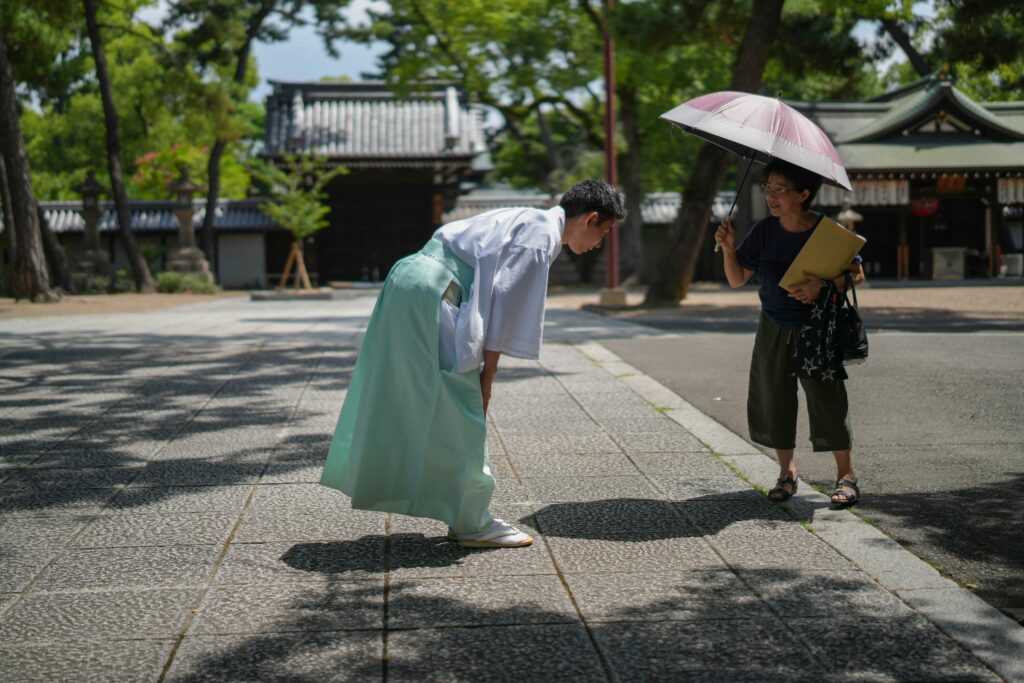
In Japan, greetings and communication are deeply rooted in respect and tradition. Unlike in other countries, where handshakes, high fives, hugs, and even kisses are common forms of greeting, bowing (O-jigi) is the primary form of greeting in Japan.
The tradition of bowing is an integral part of Japanese culture, carrying various meanings depending on the context and the depth of the bow. There are three main types of bows:
- Eshaku (軽くお辞儀): A slight nod, typically used in casual settings or as a simple greeting.
- Keirei (敬礼): A formal bow, used in professional or respectful situations.
- Saikerei (最敬礼): The deepest and most formal bow, reserved for solemn occasions or when showing the utmost respect, such as when meeting dignitaries or in ceremonial contexts.
Understanding these different types of bows and when to use them is essential for making a good impression in Japan.
Verbal Phrases
Politeness in Japanese culture is deeply reflected in language. Using simple, common greetings can go a long way in showing respect and making a positive impression. Phrases like “Konnichiwa” (Hello), “Arigatou” (Thank you), and “Sumimasen” (Excuse me) are essential in everyday interactions.
These expressions not only show respect but also help foster a welcoming atmosphere. In Japan, even a small gesture, such as greeting someone in their native language, can go a long way in showing your appreciation for their culture and the hospitality they offer.
Eye Contact
Eye contact in Japan is generally more subdued than in many Western cultures. Prolonged or intense eye contact can be perceived as rude or confrontational. Instead, it’s more appropriate to maintain a modest and respectful gaze, which aligns with Japan’s cultural values of humility and non-confrontation.
2. Dining Etiquette
Pre-Meal and Post-Meal Etiquette
In Japan, it’s customary to say “Itadakimasu” (I humbly receive) before starting a meal, which expresses gratitude for the food.
After finishing, “Gochisosama-deshita” (Thank you for the meal) is said to express gratitude to the cook or host for the meal. These simple phrases are integral to Japanese dining etiquette, showing respect for the food and those who prepared it.
Chopstick Usage
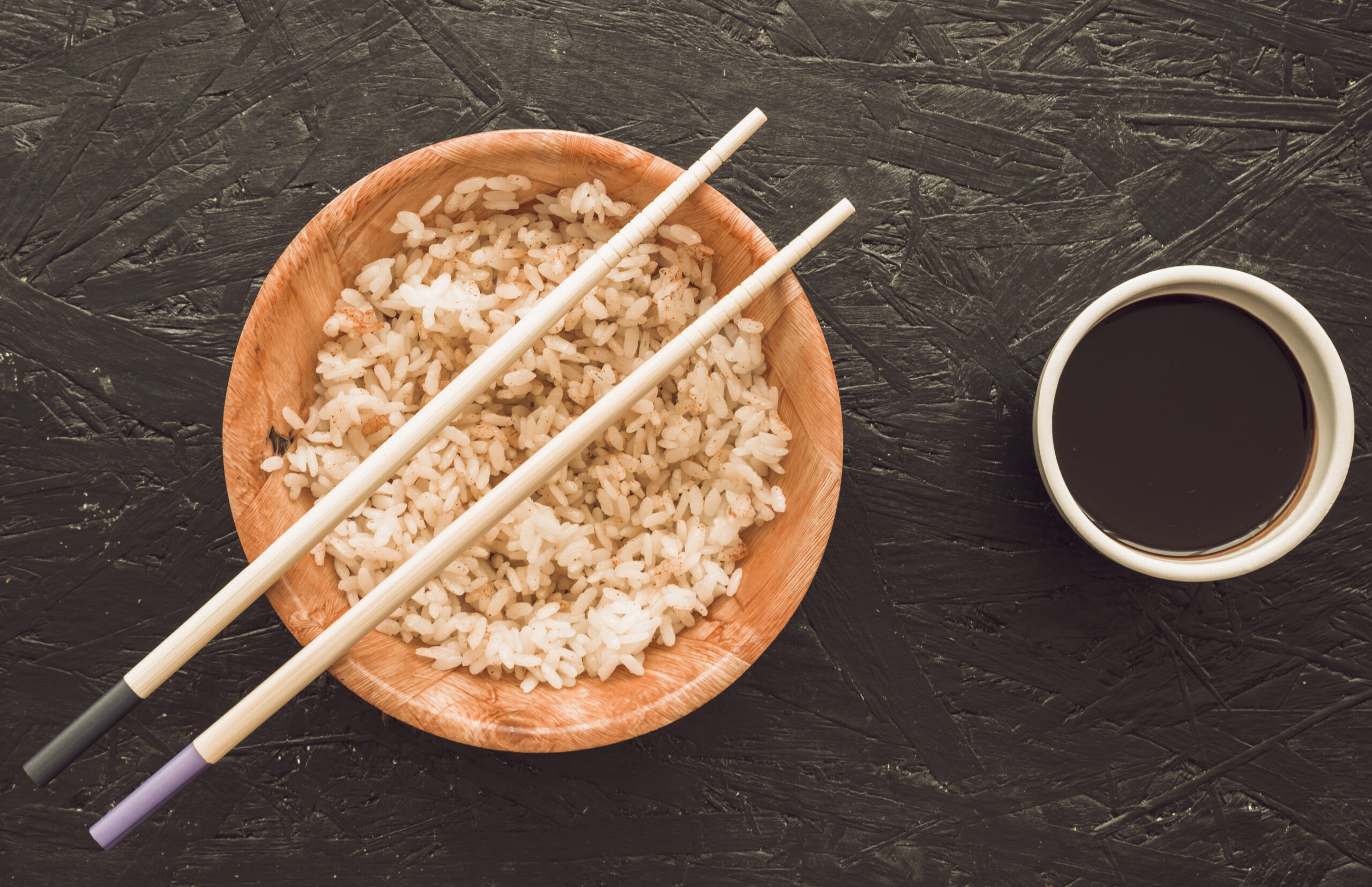
While chopsticks might seem like any other dining utensil, they hold significant cultural importance in Japanese dining. In Japan, chopsticks are called hashi (箸), and they are used for all meals.
While they may appear simple, mastering the art of holding and using chopsticks can take some practice, but once you get the hang of them, they become second nature.
How to use chopsticks correctly:
- Hold the Base Chopstick: Place the base chopstick between your ring finger and the base of your thumb, keeping it steady and immobile.
- Hold the Top Chopstick: Place the top chopstick between your middle and index fingers, holding it as you would a pencil. This chopstick will move when you use it.
- Move the Top Chopstick: To pick up food, move the top chopstick while keeping the base chopstick stationary.
- Practice: It might seem tricky at first, but with practice, it becomes easier to handle the chopsticks comfortably.
If you struggle with chopsticks, don’t worry—you can always ask for a fork and spoon. This is a much better option than risking being disrespectful by struggling with the chopsticks. That being said, there are several key etiquette rules to keep in mind when using chopsticks.
Don’ts of using chopsticks:
- Avoid rubbing chopsticks together: This is a sign of poor quality or disrespect, even if done to remove splinters.
- Avoid pointing with chopsticks: Pointing with chopsticks is considered rude and disrespectful.
- Avoid leaving food on your plate after touching it with chopsticks: This is seen as impolite.
- Don’t hover chopsticks over dishes while deciding what to eat: This is considered bad manners, as is making excessive movements with your chopsticks while eating.
- Never stick chopsticks upright into a bowl of rice: This resembles funeral customs and is considered inappropriate.
- Avoid passing food directly from one set of chopsticks to another: This mimics a funeral ritual.
Eating Sushi and Noodles
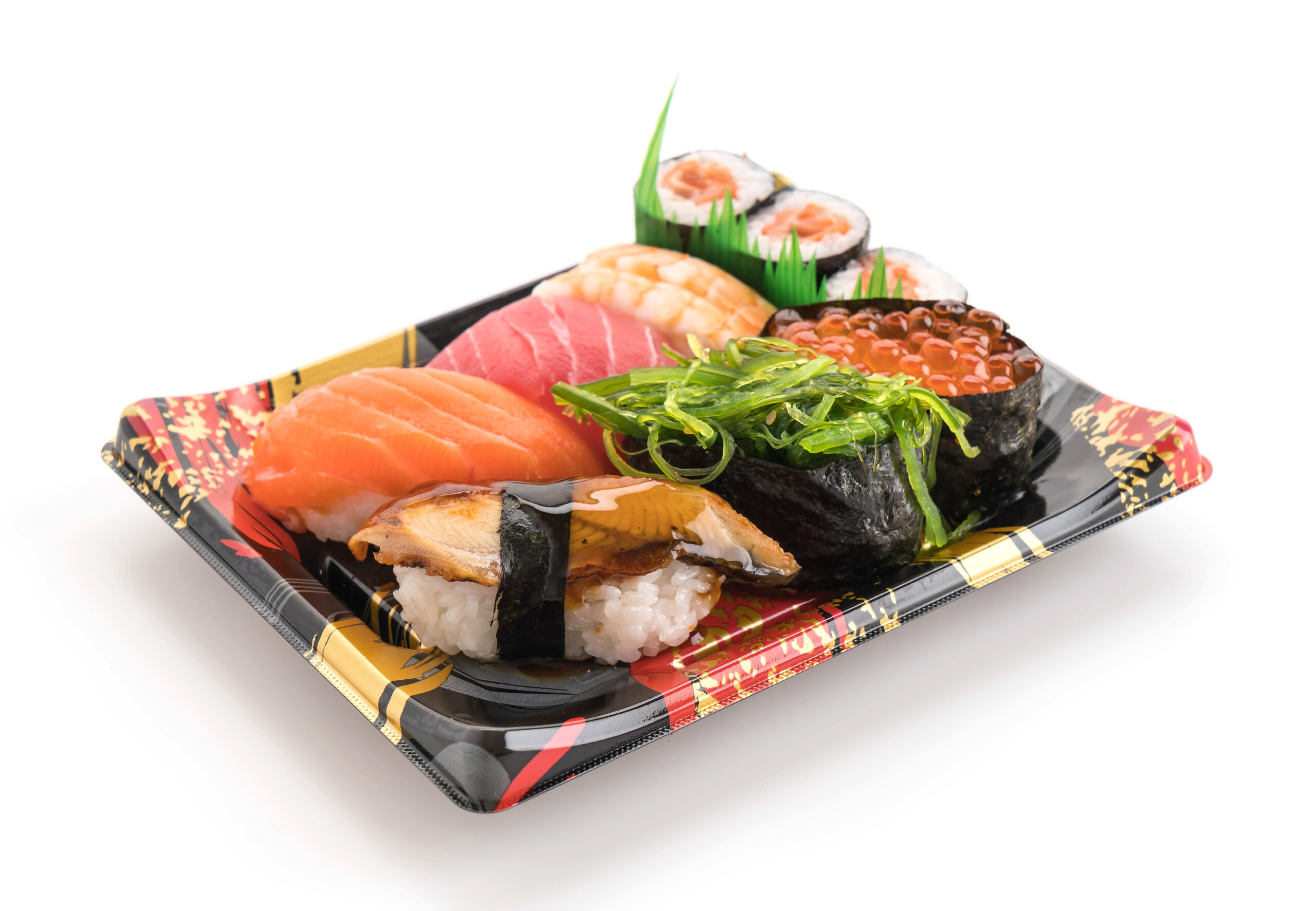
While many may worry about how to pick up sushi—whether with chopsticks or fingers—the more prominent concern in Japanese dining etiquette is actually how the sushi is dipped. Japanese people don’t mind either method, but they do care about the way it’s dipped into soy sauce.
When eating sushi, it’s considered polite to dip the fish side (not the rice side) into soy sauce. Additionally, wasabi should never be mixed directly into soy sauce.
For noodles, such as ramen or soba, slurping is common and even encouraged to enhance the flavor. However, it’s important to avoid making loud noises when eating in general. Other dining etiquette includes not raising your food above your mouth and never resting your chopsticks on your bowl, as these actions are considered impolite in Japanese culture.
No Tipping Culture
Tipping is a common practice in many countries, but it is not part of the culture in many Asian countries, including Japan.
In fact, leaving a tip can be considered rude. Exceptional service is expected as the standard, in line with Japanese cultural principles, and the concept of rewarding service with tips is foreign to most Japanese people.
Eating While Walking

In Japan, eating while walking is generally frowned upon. It’s considered impolite and disrespectful to eat in public while on the move. Instead, it’s common to enjoy food at designated eating areas or restaurants.
3. Public Transportation
Voice Levels
We’re all familiar with the common rule of keeping quiet in places like libraries and museums, but did you know that in Japan, there’s a strong cultural emphasis on maintaining a quiet atmosphere in places like trains, shops, and even restaurants?
In Japan, speaking softly is considered essential in public spaces. You’ll often find people speaking in hushed tones, avoiding loud conversations, and keeping their phones silenced, as anything else can be seen as disruptive and impolite. It’s generally expected to keep your voice low and avoid drawing attention to yourself in public areas.
Queueing
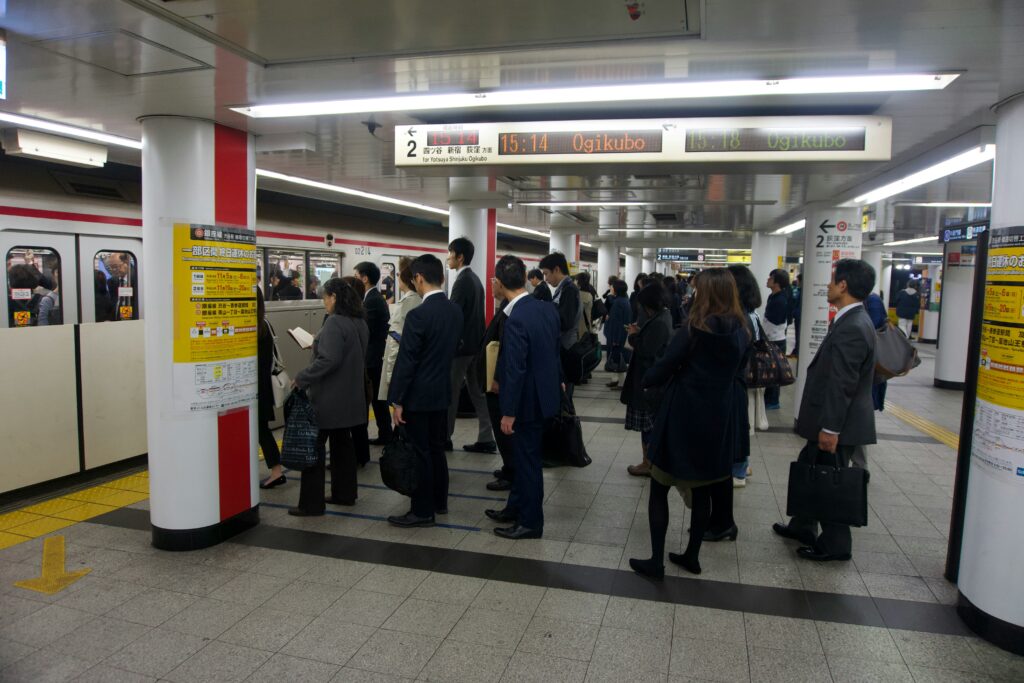
In Japan, public transportation is known for its punctuality and orderliness, and respecting this system is an important part of Japanese etiquette.
Queueing is one of the fundamental rules; when waiting for trains, buses, or subways, it’s expected to form an orderly line and wait your turn. People typically line up at designated areas, and pushing or cutting in line is considered extremely rude.
Priority Seats
When it comes to priority seats, these are reserved for the elderly, disabled, pregnant women, and others in need. If you’re seated in one of these seats and someone who needs it boards, it’s considered respectful to offer your seat immediately.
Japanese culture places a high value on consideration for others, and offering your seat is seen as a polite gesture of respect.
Escalator etiquette
Escalator etiquette is an important aspect of Japanese public transportation. However, using escalators can be tricky, as different countries follow different practices—some people stand on the left, while others stand on the right.
In Japan, passengers are expected to stand on one side to allow others to pass. In the Kanto region (including Tokyo), people typically stand on the left side, while in the Kansai region (including Osaka), standing on the right is the norm. This small act helps maintain the smooth flow of foot traffic, especially in crowded spaces.
4. Visiting Temples and Shrines
Respectful Attire
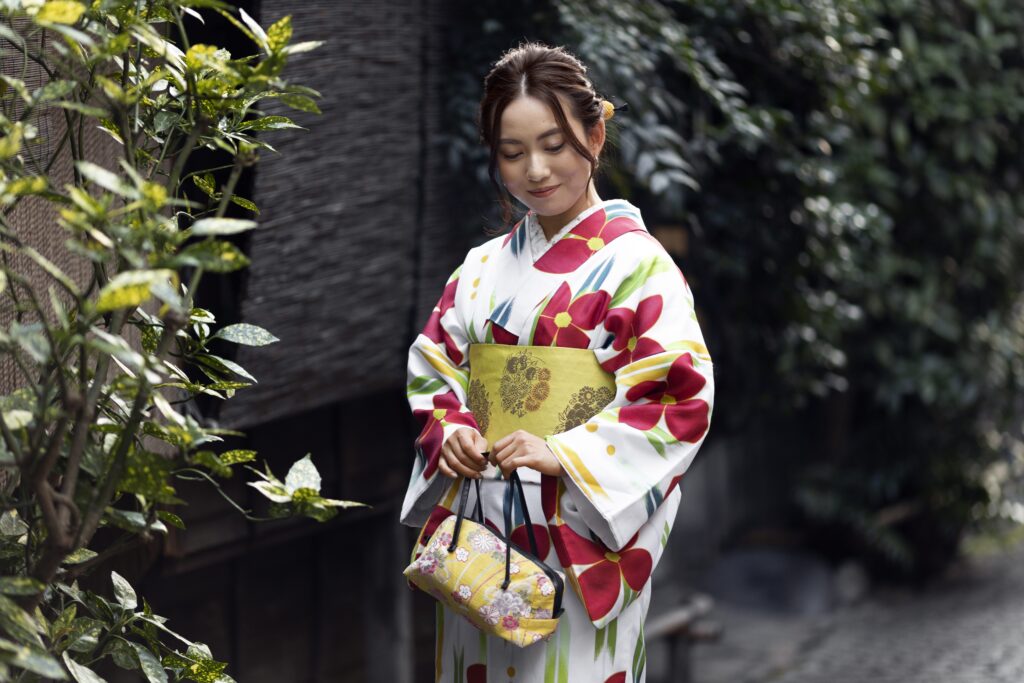
While there is no strict dress code, it is recommended to dress modestly and appropriately when visiting temples and shrines in Japan to show respect for the sacredness of these spaces.
Avoid wearing revealing clothes or casual attire such as shorts or sleeveless shirts, especially in the presence of religious symbols or during religious ceremonies.
Bowing at Torii Gates
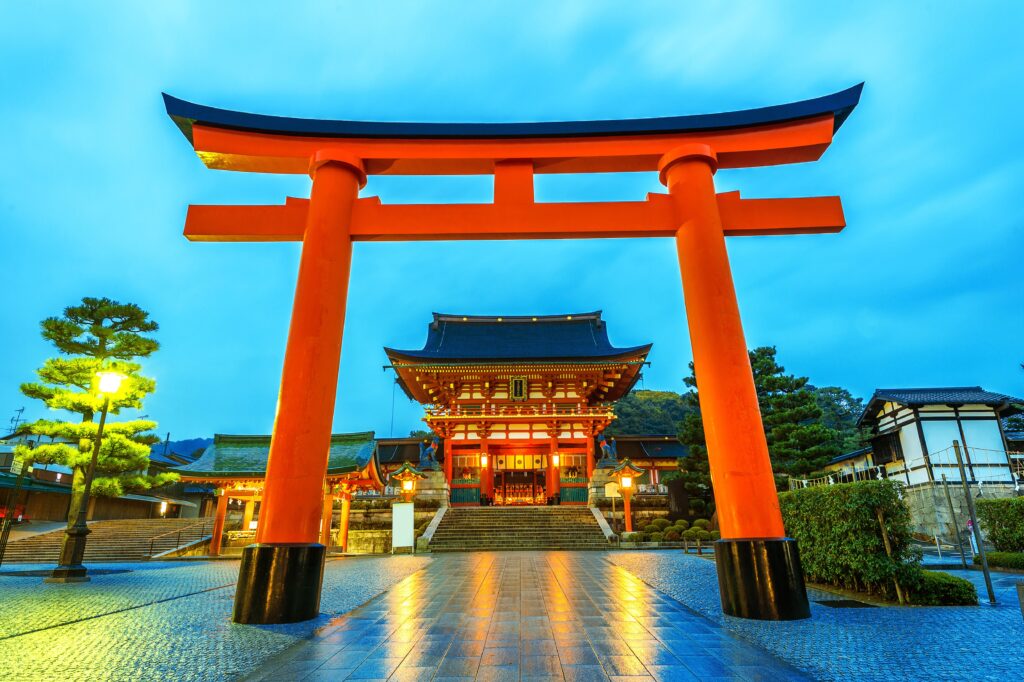
Bowing is a customary practice when passing through Torii gates, which mark the entrance to Shinto shrines. Think of it like knocking on a door before entering your neighbor’s house—you wouldn’t just barge in, right?
Similarly, bowing is a way of showing respect before entering a sacred space. It is customary to bow slightly when entering and exiting through the gates as a sign of reverence.
However, be careful not to walk down the center path under the Torii or Shinto gate, as this area is reserved for the kami (gods) of the shrine. Standing or lingering directly in the center is considered disrespectful, as it symbolizes the sacred path for the deities. Always respect these cultural practices to maintain the sanctity of the space.
Purification Rituals
Before entering most Shinto shrines, it’s customary to cleanse yourself at the Temizuya (purification fountain) as a symbolic act of purification prior to prayer. This ritual involves using a ladle to scoop water and rinse your hands, followed by rinsing your mouth.
It is important to follow the proper sequence:
- Rinse your left hand.
- Then rinse your right hand.
- Rinse your mouth (When spitting out the water, do so discreetly to maintain respect for the ritual.
Quiet Demeanor
Maintaining a quiet and respectful demeanor is essential when visiting temples and shrines. These spaces are meant for reflection and prayer, so speaking softly and refraining from loud behavior is important. Keep your voice low to avoid disturbing the peaceful environment.
Tips for Muslim Travelers: Many temples and shrines in Japan are peaceful spaces, but they are not designated prayer areas. For Muslim travelers, finding prayer spaces can be a challenge, especially in more rural areas. However, some larger hotels and shopping centers provide dedicated spaces for prayer, and major train stations often have prayer rooms. It’s always a good idea to research and plan ahead to ensure a comfortable travel experience.
5. Onsen (Hot Springs) and Sento (Public Baths)
Washing Thoroughly
Before entering the communal bath, it is essential to wash yourself thoroughly. This step is crucial as it ensures hygiene and maintains the integrity of the shared space, which is a fundamental part of Japanese bathing etiquette.
Make sure to scrub your body with soap and rinse off all soap and shampoo before entering the onsen or sento.
Tattoo Policies
For tattoo enthusiasts, visiting an onsen in Japan might seem tricky. Many traditional onsens have historically not accepted guests with tattoos due to their association with the Yakuza (Japanese mafia).
However, don’t fret—many onsens and sentos are becoming more tattoo-friendly, especially in response to tourism. Private onsens, hotel-based facilities, and some halal-friendly onsens are more accommodating to guests with tattoos, making it easier for all travelers to enjoy this cultural experience.
Nudity
Onsens and sento are traditionally non-clothed environments, meaning swimsuits, towels, or any form of clothing are not allowed in the bathing areas. The focus is on relaxation and cleanliness, rather than modesty.
However, for those who may feel uncomfortable with full nudity or are seeking more privacy, private baths or family onsens can be a great alternative.
Mind Public Behavior
The core concept of onsens and sentos is to provide peaceful and relaxing spaces where one can unwind. As such, it’s important to be mindful of those around you to avoid disrupting their peace and mood.
Avoid speaking loudly, splashing water, or dripping water everywhere. Refrain from engaging in inappropriate or overly loud behaviour in shared spaces. By following these guidelines, everyone can focus on relaxation and tranquillity.
Tips for Muslim Travelers: While traditional onsens are an important part of Japanese culture, they may not always align with the modesty preferences of Muslim travelers. Many onsens are segregated by gender, but the issue of communal nudity might still make some uncomfortable. Some hotels and private onsens offer more private bathing options, and Muslim-friendly resorts may offer halal-certified onsens or private bathing facilities.
6. Water Disposal
Carrying Your Own Trash
In Japan, public trash bins are relatively scarce, especially in public areas like parks, streets, or train stations. As a result, it is customary for people to carry their trash with them until they find a proper disposal location.
This practice is part of Japan’s emphasis on cleanliness and environmental consciousness. It’s a good idea to carry a small bag or pouch for your waste, especially when traveling in public spaces, to ensure you don’t leave trash behind.
Waste Separation
You might have heard about the importance of waste segregation, but in Japan, it’s not just a practice—it’s deeply embedded in the culture. While people may not expect visitors to be experts in the country’s strict rules, they do appreciate that you make an effort to follow the waste separation system.
When you find a bin, it’s crucial to adhere to Japan’s well-organized waste disposal system. Bins are typically divided into categories such as burnable waste, non-burnable waste, and recyclables.
In some places, you’ll also find separate bins for plastics, glass, and bottles. Be sure to carefully read the signage or instructions on each bin to dispose of your waste correctly. Improper disposal can be considered disrespectful, so it’s important to take the extra effort to sort your trash appropriately.
7. Photography
Asking Permission
Need help snapping pictures during your stay in Japan? While Japanese people are often welcoming, it’s important to ask for permission before photographing others or asking them to take your photo.
This is especially true in culturally sensitive or private settings, such as temples, shrines, or rural areas, as Japanese people generally value their privacy. Next time, try using a simple and polite phrase, “Shashin o totte mo ii desu ka?” (Can I take a photo?) to courteously inquire if it’s okay to take a picture.
Respecting Restrictions
Many cultural and religious sites in Japan, such as shrines, temples, and certain museums, may have designated “no photography” areas. These restrictions are in place to preserve the sanctity of the space, protect sacred artifacts, and ensure the privacy of worshippers.
Taking photos in restricted areas can be seen as disrespectful and, in some cases, may result in being asked to leave. In these instances, it’s crucial to ask for permission first to show your respect for the tradition.
Step into Japan’s Rich Culture with Respect and Ease
Ready to put your Japanese etiquette knowledge into action? By embracing the Japanese customs and being mindful of cultural nuances, you’ll ensure a rewarding and respectful experience, whether you’re visiting temples, dining in local restaurants, or exploring the vibrant streets.
If you’re looking for a seamless, Muslim-friendly travel experience in Japan, Dina Travel offers curated packages and customized itineraries that make sure you experience Japan’s beauty while respecting your values. Let us help you explore Japan in a way that’s meaningful, respectful, and unforgettable.
Frequently Asked Questions
Yes, it’s polite to bow in Japan, especially when greeting or showing gratitude. While you don’t need to perform a formal bow, a simple nod or slight bow is enough to show respect. In formal situations, a deeper bow may be appreciated, but mastering it is not necessary. Just being mindful of the gesture demonstrates respect for Japanese culture.
In Japan, you should remove your shoes when entering homes, certain restaurants, temples, shrines, and ryokan (traditional inns). Wearing clean, presentable socks is generally acceptable. However, in some places, you may be asked to remove your socks if slippers are provided. Always check the local customs and follow the practice.
Yes, Japanese people are generally friendly and welcoming to Muslims, as they are to all visitors. While Japan is not a predominantly Muslim country, the locals are often curious, respectful, and eager to share their culture with foreigners.
In recent years, there has been an increase in Muslim-friendly facilities, including halal restaurants and prayer spaces, especially in major cities such as Tokyo and Kyoto. However, it’s important to be mindful of cultural differences and customs during your stay.
When traveling to Japan, avoid bringing the following:
- Tobacco and smoking items: While smoking is allowed in designated areas, smoking in public places is prohibited, and some items may be restricted.
- Illegal drugs: Japan has strict laws regarding drugs, and possession of even small amounts can result in serious consequences.
- Weapons or sharp objects: Bringing knives or any form of weapon without a valid reason can be illegal.
- Large quantities of food: While small snacks are fine, bringing large amounts of food, especially fresh produce or meat, may not be allowed through customs.
- Items that may be considered offensive: Items with controversial or inappropriate imagery, including certain political symbols, can be seen as disrespectful.
Yes, pointing directly at items or people in Japan can be considered impolite, as it may come across as overly blunt or disrespectful.
Instead, it’s better to gesture toward something with your whole hand or use your fingers to gently point in a more subtle manner. In public or formal situations, it’s important to be mindful of your body language to avoid unintentionally offending others.

